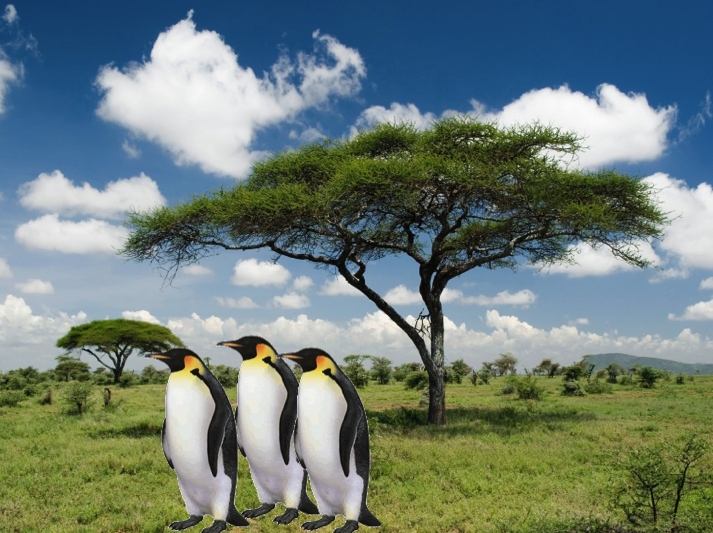Habitats teaching resources
Worksheets and lesson ideas to challenge students aged 11 to 16 to think hard about habitats, the environment and adaptations (GCSE and Key Stage 3)
Overview: a habitat is the place where an organism lives. Within a habitat exists a community, which is made up from the populations of different species that are all dependent on each other. Within a habitat organisms are affected by living (biotic) and non-living (abiotic) factors. Biotic factors include food availability, competition and pathogens. Abiotic facts include temperature, moisture, wind intensity and direction. Organisms need to be well adapted to be successful in a habitat.
Key concept: a habitat is the place where an organism lives and interacts with the abiotic and biotic factors. Organisms that are well adapted are more likely to survive in a habitat than organisms that are not.
From big idea: organisms require a supply of energy and materials for which they often depend on, or compete with, other organisms
Linked knowledge: classification, food chains, ecology words, adaptation
Misconception [scientific idea]: antropocentric thinking [organisms exist for the benefit of humans]; teleological thinking i.e. there are a lot of rabbits to feed the foxes [an event does not happen to fulfil a need];
Where to start?
Spend time exploring different habitats and organisms. Ask students to watch the video below – it has some wonderful stirring music too. How many habitats can you see? Setting a homework where students explore in detail one habitat, listing the abiotic and biotic factors, as well as describing the organisms that live there, can be a powerful and motivating project.
Habitats and adaptations of organisms including abiotic and biotic factors
 GCSE and KS3 worksheet on adaptations and habitats. Students are given an imaginary scenario where various species have been washed up in different habitats of the World e.g. polar bears in the desert. Students need to consider the various biotic and abiotic factors of the habitat and then explain why the organism is not adapted for that habitat. Finally, students design an organism that is adapted to live in the tidal rock pools of the U.K.
GCSE and KS3 worksheet on adaptations and habitats. Students are given an imaginary scenario where various species have been washed up in different habitats of the World e.g. polar bears in the desert. Students need to consider the various biotic and abiotic factors of the habitat and then explain why the organism is not adapted for that habitat. Finally, students design an organism that is adapted to live in the tidal rock pools of the U.K.
Adaptation and natural selection
Click here for resources on adaptation and natural selection.
